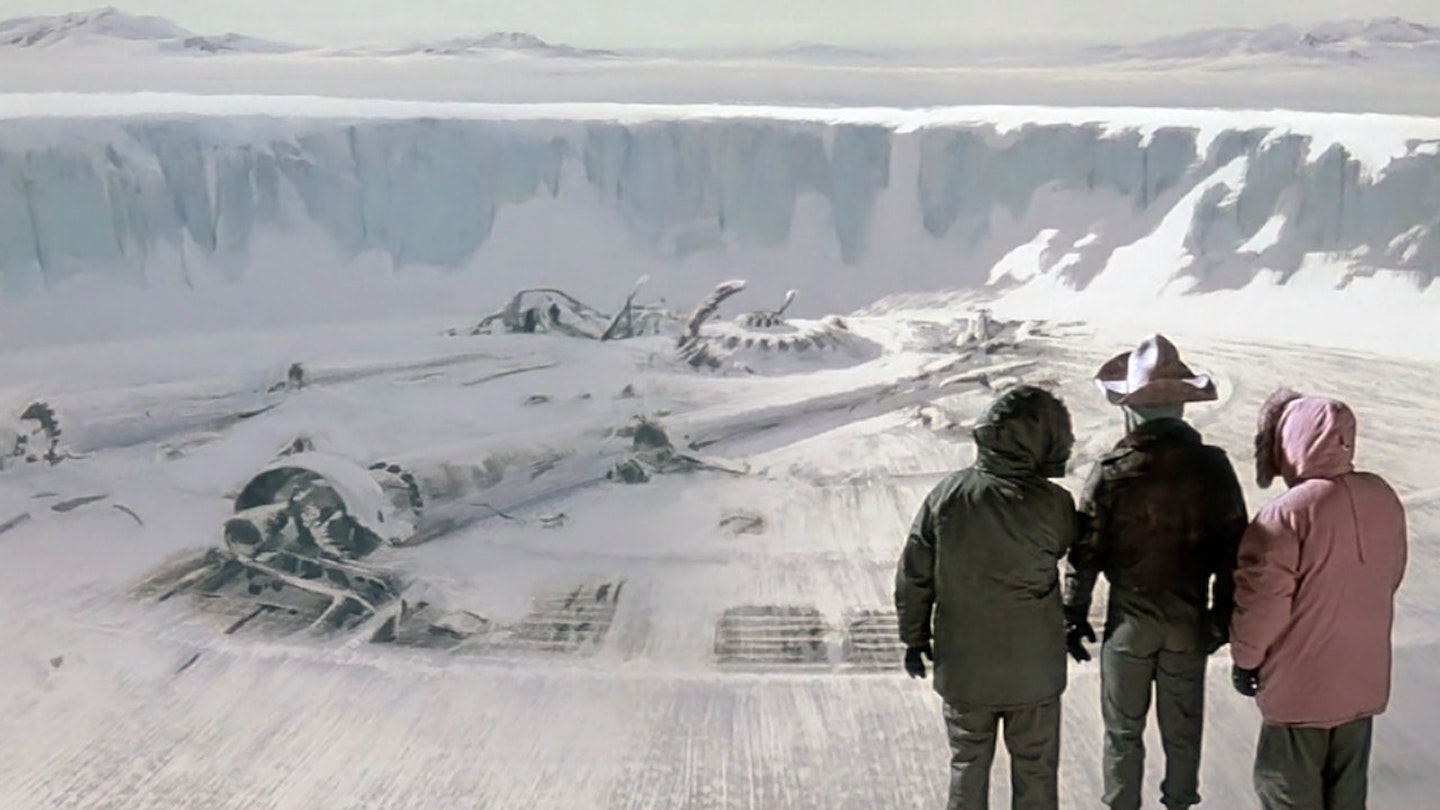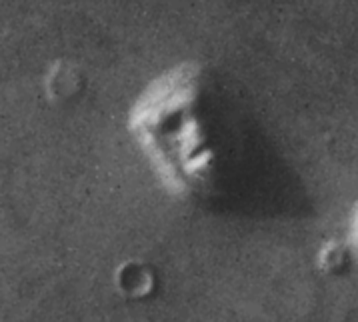
Posted on 08/01/2024 9:47:01 AM PDT by Red Badger

Antarctica's Dotson Ice Shelf (Public Domain)
====================================================================
New imagery from beneath Antarctica’s Dotson Ice Shelf obtained by an underwater robot has revealed previously unseen features, some of them hundreds of feet long, that provide scientists an unprecedented look at the dynamics of the southernmost continent’s ice shelves.
The recent findings reveal how ocean temperature and circulation are changing, which contributes to the steady increase in melting observed on Antarctica’s ice shelves in recent years, as well as to the rise of global sea levels.
With the help of advanced capabilities that include the use of undersea robots, scientists are now assembling a clearer picture than ever before of the dynamics of melt occurring at the ice base of West Antarctica’s Dotson Ice Shelf.
Basal Melt Processes and Ice Shelf Stability
Melt rates beneath Antarctic ice shelves often show remarkable variability. One factor that influences this process, one that scientists have focused on in recent years, is how warmer salt water interacts with the ice along the base of the continent’s ice sheets.
One significant mechanism that contributes to this mixing of warm water into the ice-ocean boundary is turbulence resulting from shear-driven mixing. Another is vertical convection, which includes a process known as double-diffusive convection, although these generally produce lower melt rates. However, when combined, these processes have now been revealed to produce uniquely shaped features on the base of the ice, which include the formation of what are sometimes very large basal channels and terraces.
Due to varying oceanic conditions, ice can sometimes melt at different rates even along the same ice shelf. This appears to be caused by factors that include not only ocean temperature but also the speed of ocean water’s movement, both of which contribute to diverse formations of natural features along the base of Antarctica’s ice.
According to new findings detailed in a study published in Science Advances, researchers have successfully mapped these changes with the help of an autonomous underwater vehicle (AUV), revealing remarkable and never-before-seen details about the processes that are driving accelerated melt along the continent’s ice shelves.
The Dotson Ice Shelf Mapped in Detail
In the team’s study, the researchers produced high-resolution maps of the underside of the Dotson Ice Shelf, made possible by an AUV that produced data covering close to 140 square kilometers. The new data revealed features such as plateaus, teardrop-shaped formations, and erosion patterns that appear to correlate with the variety of different conditions that contribute to ice melt.
Overall, the research team found that the basal topography of the Dotson Ice Shelf varies significantly between its eastern and western portions. While the ice is thicker and appears to be melting more slowly to the east, on the opposite end, the opposite is the case, with noticeably thinner ice indicating higher melt rates.
In their study, the research team links these variances in ice melt rates to the presence of what is called modified Circumpolar Deep Water (mCDW), which refers to Pacific and Indian Ocean water mixing with other nearby water masses and interacting with the ice base. Faster-moving currents in the western region revealed smooth features on the base of the ice, accompanied by higher melt rates.
In contrast, the central and eastern regions of the ice sheet bore evidence of terraced features, which the research team attributes to warm water intrusions that occur closer to these areas.

Dotson Ice Sheet
Visualization of features located beneath the Dotson Ice Sheet, obtained with the aid of an underwater robot (Credit: Filip Stedt / University of Gothenburg).
============================================================================
Ultimately, the presence of remnant winter water and mCDW mixtures was revealed to produce streaks of temperature and meltwater that significantly influence overall melt rates. The team’s findings through AUV observations help to reveal how future missions may be able to reveal further details about the Antarctic ice base and how shear-driven turbulence and the presence of warm water accelerate melting in the western outflow region.
“This new wealth of processes, all active under a single ice shelf, must be considered to accurately predict future Antarctic ice shelf melt,” the team writes in their recent study. Going forward, ongoing mapping and study of the ice shelf will be crucial in order to refine existing models, in addition to improving our understanding of ice-ocean interactions and their relationship to rising sea levels in the years ahead.
The team’s new study, “Swirls and scoops: Ice base melt revealed by multibeam imagery of an Antarctic ice shelf,” by Anna Wahlin, et al., appeared in Science Advances on July 31, 2024.
==================================================================
Micah Hanks is the Editor-in-Chief and Co-Founder of The Debrief. He can be reached by email at micah@thedebrief.org. Follow his work at micahhanks.com and on X: @MicahHanks.
In his house at R'lyeh dead Cthulhu waits dreaming.”
― H.P. Lovecraft, The Call of Cthulhu
Be scared. ((My tires are black))
Odd patterns north and south of the equator.
Since 2007-2008, there has been no decrease of the Arctic Sea Extent - a trend now continuing for nearly 1/3 of the 46 year history of measured sea ice.
From 1992 through 2016, there was a near-continuous INCREASE in the area of sea ice around Antarctica. In fact, as recently as 2013 - 2014, the daily “excess area” of sea ice around Antarctica exceeded the entire area of Greenland several times.
However, the staff at University of Illinois at Cryosphere Research Center (Normal IL) was changed/retired out. And, since then, Antarctic Sea Ice Extents are 3-5 million km^2 less. Now, for the last two years, Antarctic Sea Ice Extents are setting new record-lows.
Really just clicked to see some cool never before seen sea life, maybe some unexplainable centuries old shipwrecks laying under the ice cap, but instead, spent several minutes reading about how the ice melts and freezes down there, bummer.
Well the caps are not melting— the entire premise of the “formations” found or said to be, is shot down by the fact of a super freeze back. See Greenland history of shelf. Thule Sea.
“....study of the ice shelf will be crucial in order to refine existing models”
Those same models of infinitely complex chaotic natural processes that are 100 per cent wrong to continue the government funding.
Nah, Cthulhu is based in the warm South Pacific.
This is being caused by Shoggoths.
Tekeli-Li!
“Hail, Atlantis”
Nice catch.
That’s a good one to lead this month’s Musical Interlude!

At the Mountains of Madness...
The most merciful thing in the world is the inability of the human mind to correlate all its content.
We live on a placid island of ignorance amidst the black seas of infinity, and it was not meant that we should voyage far...
Lovecraft
The ambient air temperature has not changed much in the Arctic and Antarctic. Ice thickness is a function of the amount of heat generated by the earth’s core and released by underwater volcanoes and innumerable smokers. If the earth’s core cuts down significantly the amount of heat generated, a new ice age will be upon us.
Love some Lovecraft!
Now if someone could just make a really decent movie on his stuff already. There’s a few not so bad ones, but a lot of the attempts leave much to be desired.
Just watched “Older Gods” which can stream for free on Fandango, which isn’t a total Lovecraft movie, but it is pretty good.
I dunno. I’d be awfully disappointed if the Elder Gods who are going to destroy the universe are actually popsicles.
I remember the ice cubes in glass of water science experiment when I was a kid. The melted ice doesn’t raise water level.

Disclaimer: Opinions posted on Free Republic are those of the individual posters and do not necessarily represent the opinion of Free Republic or its management. All materials posted herein are protected by copyright law and the exemption for fair use of copyrighted works.